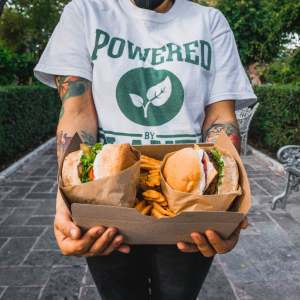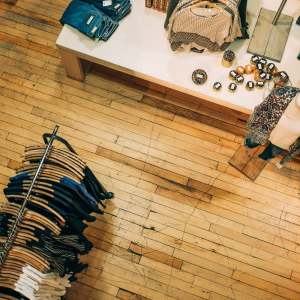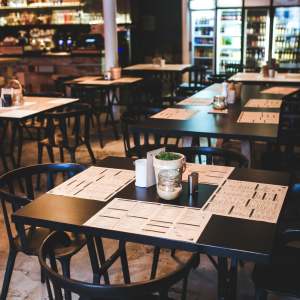Issues
We look at the power of corporations, how they tend to overlook ethics when it comes to tax and its workers.
Who we shop with can have a big impact on everything from climate change to funding our public services.
Our shopping guides help you find retailers that pay a fairer rate of tax and address other ethical issues such as their carbon emissions and the rights of workers in their supply chains. We also highlight some smaller independent ethical retailers that you may not have come across.

We look at the power of corporations, how they tend to overlook ethics when it comes to tax and its workers.
Avoiding the ease of retailers like Amazon can feel daunting, however we have the tools to make that switch to ethical simple.

Finding an ethical and sustainable coffee shop. We rank the ethical and environmental record of 14 coffee shop chains.
We look at big names like Costa and Starbucks to see if they are worthy of your custom. And if you are able to choose where you go, which is best?
View guide
Find an ethical delivery company for parcels and restaurants/takeaways, with ratings for 9 parcel/courier companies and 3 food/restaurant delivery companies.
When we are sending parcels ourselves we may have a choice of delivery provider - this guide seeks to find out if there are any ethical ones.
View guide
Looking for the most ethical bookshop?
Our guide rates and ranks 26 top UK bookshops, providing Best Buys, recommended brands, and which to avoid. Find your next great read while supporting ethical businesses.
View guide
Which are the most sustainable ethical clothing brands?
In this guide, we explore 29 ethical clothing companies which show the mainstream brands how sustainable clothing should be done.
View guide
Find ethical alternatives to supermarkets, with guide to 15 brands of eco alternatives for buying food and household goods.
In this guide we rate 15 brands of alternatives to supermarkets. Many of these eco retailers are doing things differently so if you don't have a local independent wholefood shop, these shops may match your requirements.
View guide
Find ethical online shops so that you can shop with a clear conscience.
In this guide, we rate and rank 18 online shopping websites, giving our unique Best Buy advice, recommended buys and places to avoid.
View guide
Which is the most ethical UK supermarket?
In this guide, we rate the ethical and environmental records of 12 supermarkets, and give our Best Buy advice, recommended brands, and companies to avoid.

Are there any ethical and environmental fast food chains?
In this guide we investigate and rate the policies and practices of 10 fast food chains in the UK. Some of these are international brands like McDonald's.
View guide
Navigating the ethics of high street clothing retailers is essential for consumers who want to make responsible fashion choices.
In this guide, we investigate, score and rank the ethical and environmental records of 52 high street clothing brands.
View guide
Find ethical and environmental outdoor clothing and sports shops. This guide ranks 15 outdoor and sports clothing and equipment retailers.
Whether you are an avid mountain climber or like a stroll in the park, buying outdoor clothing and equipment is necessary with the British weather.
View guide
In this guide we investigate the ethical and environmental record of restaurant chains.
How easy is it to eat out sustainably and ethically? We review the options to help you make an informed choice.
View guide